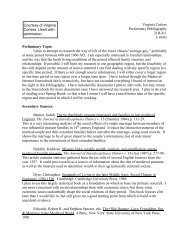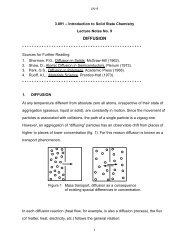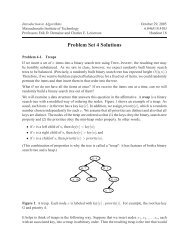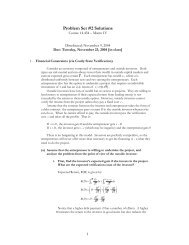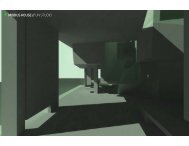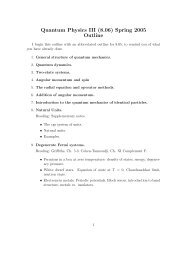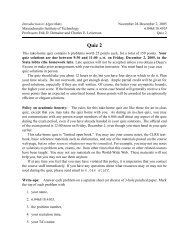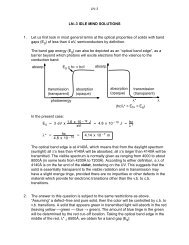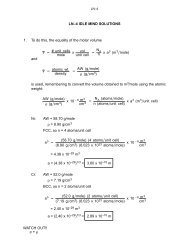Using Foreign Languages in the Middle Ages
Using Foreign Languages in the Middle Ages
Using Foreign Languages in the Middle Ages
Create successful ePaper yourself
Turn your PDF publications into a flip-book with our unique Google optimized e-Paper software.
not significantly enforce social hierarchies or <strong>in</strong>flame conflicts, <strong>the</strong> Arabicspeak<strong>in</strong>g, Chris<br />
17 tian Mozarabs <strong>in</strong> fact flourished. L<strong>in</strong>guistic issues seem<strong>in</strong>gly never contributed to tensions<br />
with Jews and Greeks liv<strong>in</strong>g <strong>in</strong> Western Europe – if anyth<strong>in</strong>g, knowledge of Greek and He<br />
18 brew provided a rare common <strong>in</strong>terest with medieval scholars. Even <strong>in</strong> crusader states <strong>in</strong><br />
<strong>the</strong> multil<strong>in</strong>gual Holy Land, language is rarely mentioned <strong>in</strong> a secular context. One scholar<br />
argues that crusader states built ethnic identities around orig<strong>in</strong> myths based on common de<br />
19 scent, heroic conquest, and shared values – but not language. These examples are unusual<br />
because language is today usually a fundamental part of group identity, imply<strong>in</strong>g power<br />
dynamics. Perhaps it makes sense that <strong>in</strong> a more religious world, most of <strong>the</strong>se dynamics<br />
would take place through <strong>the</strong> church.<br />
Language as Power<br />
The Lat<strong>in</strong> language was <strong>the</strong> most powerful cultural symbol <strong>in</strong> Western Europe perhaps until<br />
20 <strong>the</strong> 19th century. In <strong>the</strong> period under consideration, Lat<strong>in</strong> played a variety of roles. Most<br />
<strong>in</strong>ternational secular written communication and all clerical communication was <strong>in</strong> Lat<strong>in</strong>.<br />
Throughout <strong>the</strong> <strong>Middle</strong> <strong>Ages</strong>, Lat<strong>in</strong> was an effective spoken l<strong>in</strong>gua franca for clergy and<br />
educated laymen. Regional pronunciation differences and modern vocabulary deficits only<br />
became endemic <strong>in</strong> <strong>the</strong> 15th century, if not later. Most of all, <strong>the</strong> history of Lat<strong>in</strong> <strong>in</strong> this<br />
period shows how it became <strong>in</strong>creas<strong>in</strong>gly a tool of power for church and secular elites over<br />
17 “Sociol<strong>in</strong>guistics <strong>in</strong> Spa<strong>in</strong> (8th11th centuries)”, <strong>in</strong> Wright (1994), 155164.<br />
18Some examples given <strong>in</strong> Bischoff (1961).<br />
19Murray (1995).<br />
20Information on Lat<strong>in</strong> from 1500 on from Françoise Waquet, Lat<strong>in</strong>, or <strong>the</strong> Empire of a Sign .<br />
7



![18.03 Class 21, April 3 Fun with Fourier series [1] If f(t) is any decent ...](https://img.yumpu.com/51148985/1/190x245/1803-class-21-april-3-fun-with-fourier-series-1-if-ft-is-any-decent-.jpg?quality=85)

